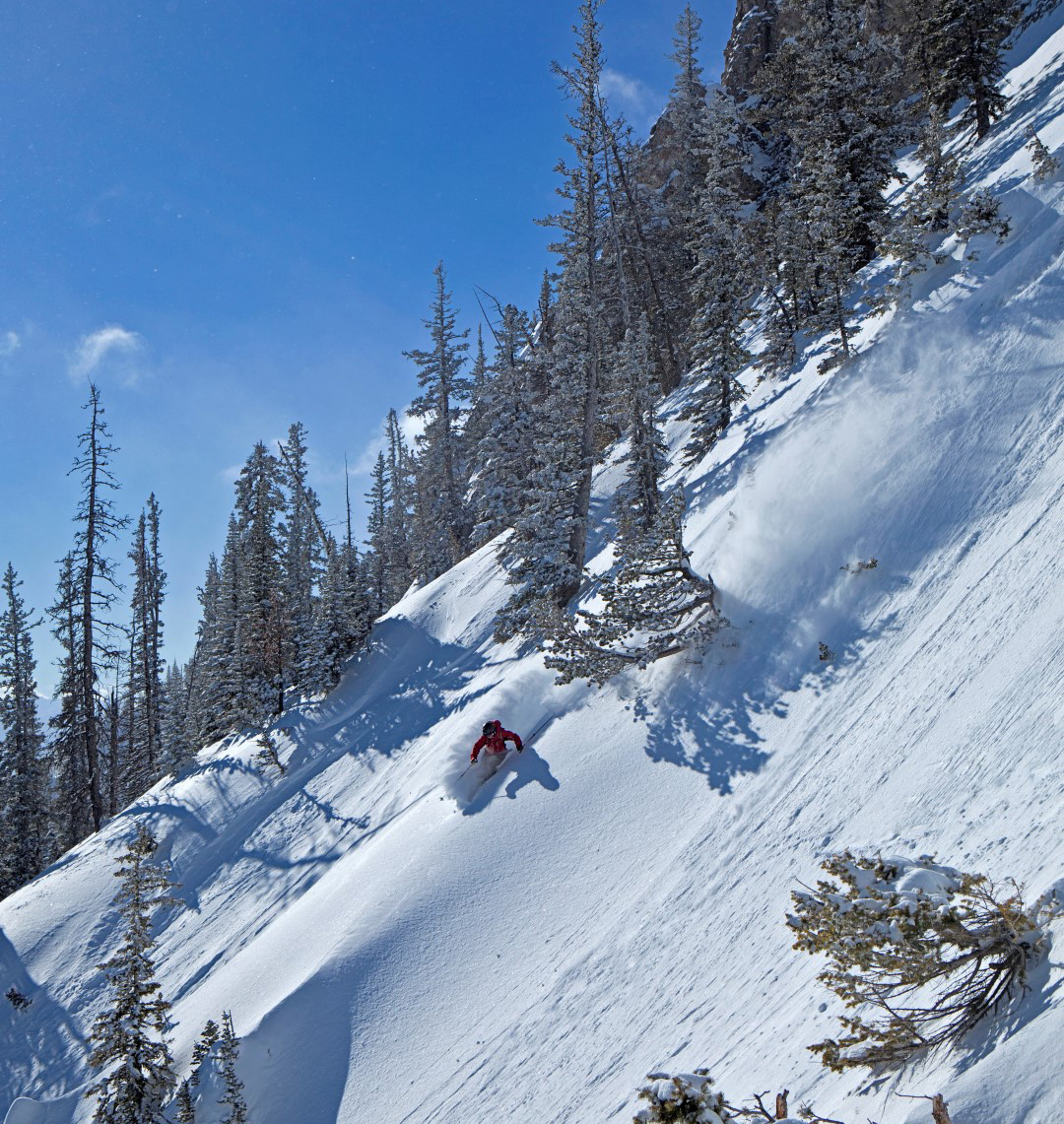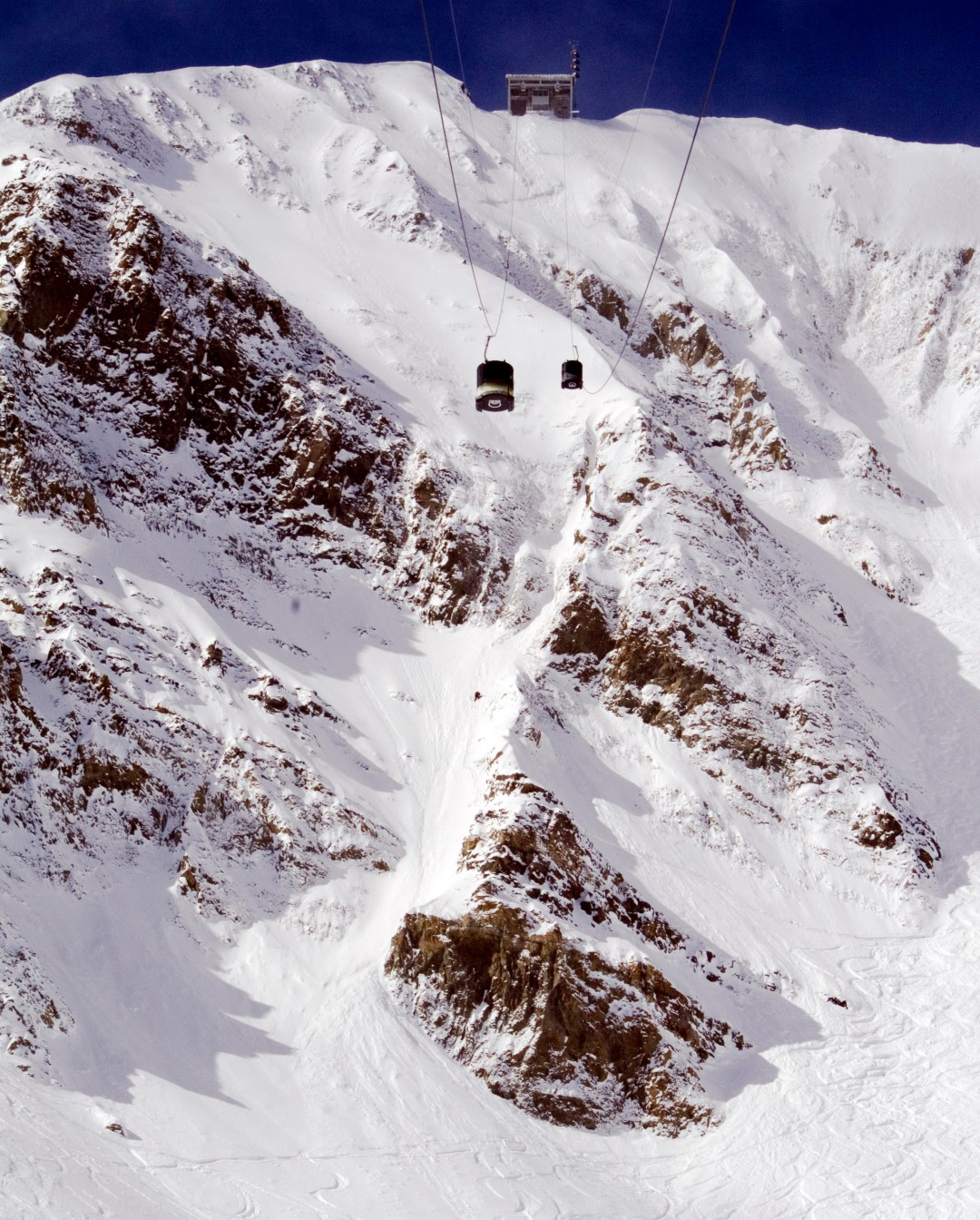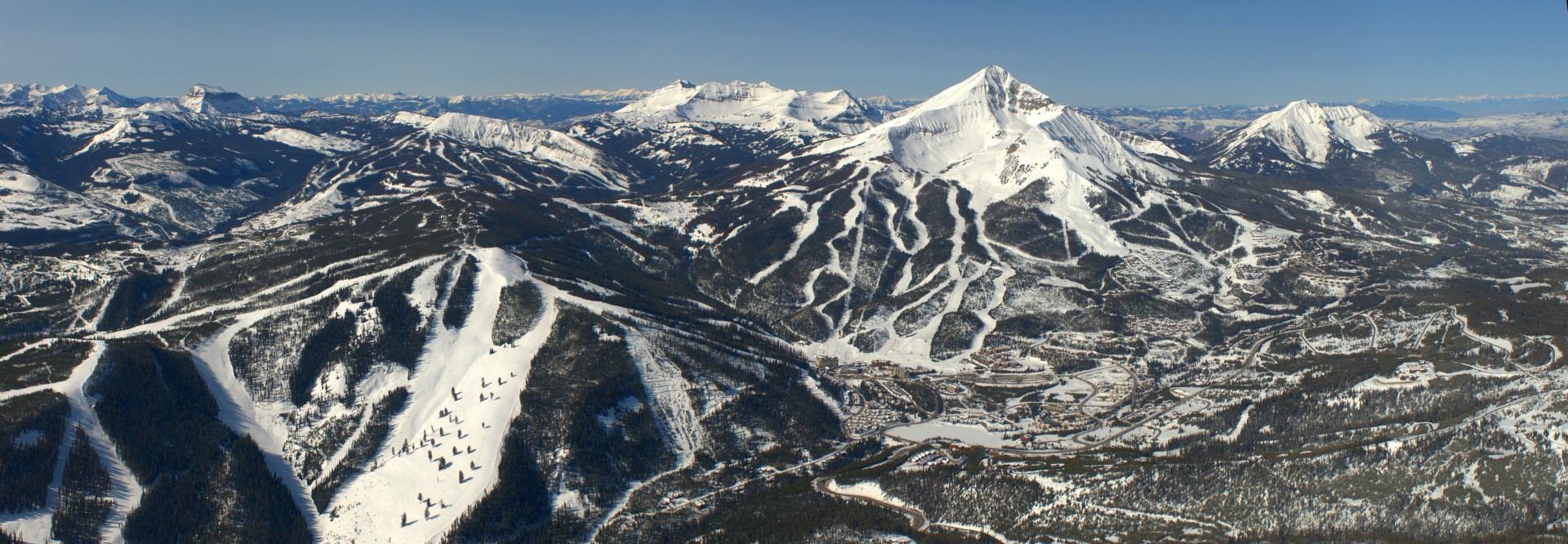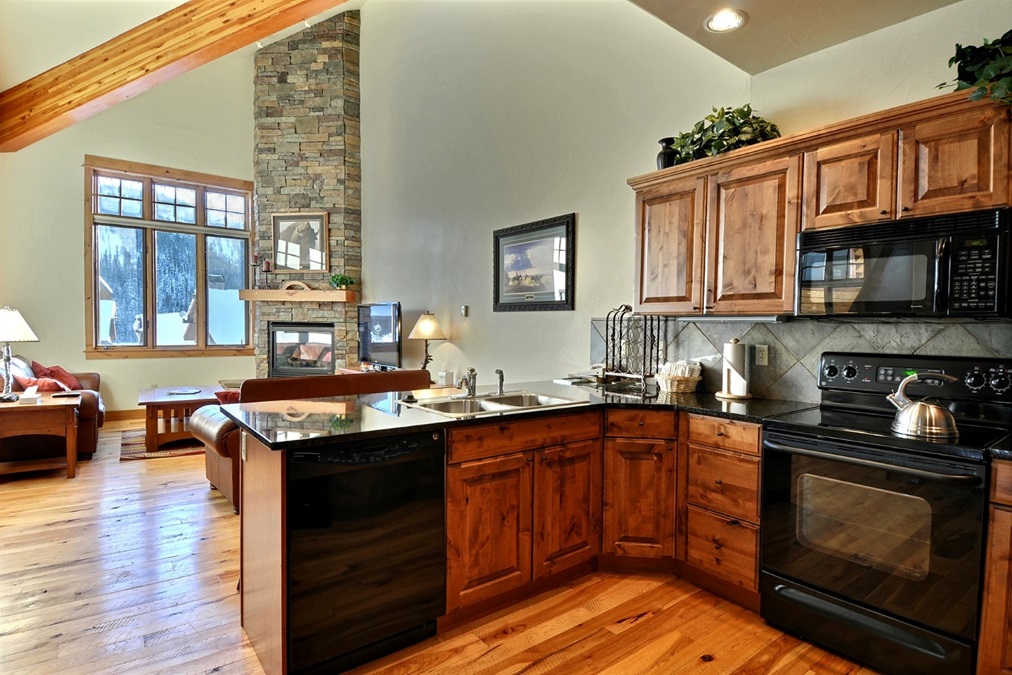Double ski delight
Bozeman, Montana
Often called “the adventure capital of the Northern Rockies,” Bozeman is home to Montana State University and a strangely pleasing assortment of ski bums, cowboys, and unleashed dogs, many perched in the back of ubiquitous pickup trucks. It’s a blue-jeans kind of place where overpriced lodges and restaurants are the exception, unlike in most ski towns.
Bozeman, a cold-temperature-restricted airport, has three runways, although the turf Runway 11/29 is closed when wet or snow-covered. Arlin’s Aircraft Service has been locally owned and operated for over 35 years. If your only plans are to ski at the Big Sky Resort, Ennis-Big Sky Airport is closer, but only as the crow (or helicopter) flies. You can arrange for a 10-minute helicopter flight from Ennis to Big Sky through Choice Aviation, though it’s expensive. By road, you’re better off landing at Bozeman and then it’s a 60- to 90-minute car or bus ride to Big Sky.

For a break from skiing, drive up Hyalite Canyon, just south of Bozeman. This recreation area is surrounded by tall peaks and blessed with an abundance of creeks and waterfalls. In winter, dramatic frozen waterfalls turn Hyalite into a premier ice-climbing destination, with some 140 routes. Drive five miles past the reservoir to the road’s end and then take the Hyalite Peak Trail on foot, snowshoe, or Nordic skis to check out the 10 frozen waterfalls, ice climbers, and snow-clad peaks. Or, try a one-day guided ice-climbing adventure. There’s even an Ice Festival here each December.
The Museum of the Rockies houses the largest dinosaur collection in America, including 13 Tyrannosaurus Rex specimens. Other exhibits focus on Native Americans and miners, fur traders, and settlers in the Rocky Mountain area. The Taylor Planetarium features advanced projection technologies that unfold the universe in vivid color. In October, raptor (not Velociraptor) lovers head to Bozeman for the Bridger Raptor Festival, when the Montana Audubon Society and other conservation groups celebrate America’s largest migration of golden eagles and count the birds as they pass over Bridger Bowl. The festival features free walks, talks, and lessons on identifying and drawing birds.

Gourmet, budget, or après-ski, Bozeman can satisfy any appetite. Situated inside downtown’s art-deco-era Baxter Hotel, Ted’s Montana Grill gives America’s original red meat—bison—the star treatment. Montana Ale Works is Bozeman’s most popular après-ski hangout, offering the area’s widest selection of craft beers. Warm up for little dough at Watanabe Japanese Restaurant. They don’t have a liquor license, but their authentic ramen and other noodle dishes are the perfect antidote to frozen weather. Nova Café boasts a good selection of breakfast and lunch dishes.
A 60- to 90-minute drive south of Bozeman, Big Sky is a gigantic ski resort that offers something for everyone, including shopping, zip lines, dog sledding, live music events, and a full-service spa. At Big Sky, beginning and intermediate runs make up 40 percent of the total so there’s plenty of variety. The enormous array of beautiful, comfortable, and convenient lodging options far exceeds what we can describe here. With almost 50 places to eat, Big Sky will cater to your every culinary need. At the top of the list (literally) is Everett’s 8800, where you can dine on top of Andesite Mountain in a gorgeous log cabin. Peaks Restaurant offers a midday gourmet buffet and fine evening dining plus a Wine Spectator award-winning wine list. Or just ski down to the Headwaters Grille for a quick lunch before hitting the slopes again.
This winter, try Bozeman for a great ski vacation. Whether you like your resorts big or small, your hills wild or mild, Bozeman delivers. Then make plans to return for summer hiking. Year-round, Bozeman is beautiful.

Share your favorite destination in the AOPA Hangar: Places to fly, things to do, where to eat!


















